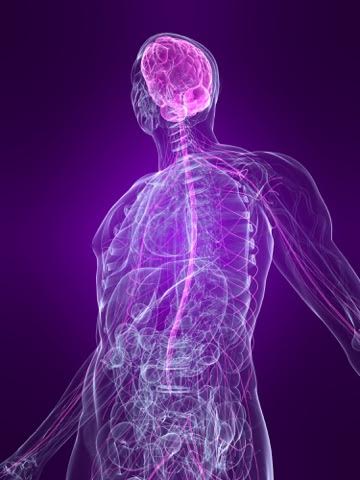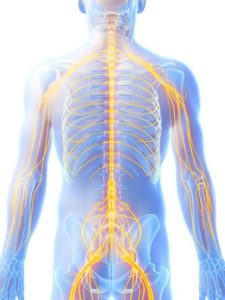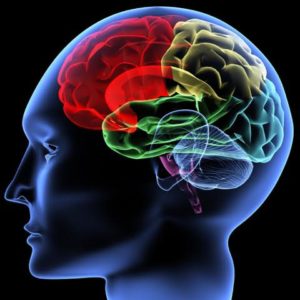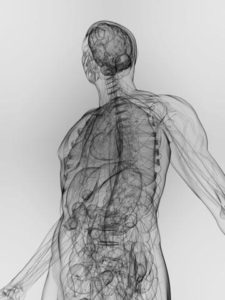 David Taff – 619-606-5668
David Taff – 619-606-5668
M.S., CMT (CA #18121)
Visceral/Vascular Mobilization (VM) – employs specifically placed gentle hands- on forces that work to encourage the normal mobility, tone & motion of the organs to: focus on problems associated with the body’s viscera (organs such as the heart, liver, intestines) help dissipate the effects of both physical & emotional stress enhance general health & resistance to disease improve the functioning of individual nerves, organs & the organ systems.
Visceral Mobilization Examples: Some low back & sacroiliac (SI) pain comes from restricted attachments of the colon on the anterior sacroiliac joint. Phantom medial right knee pain can be produced by cecum ligament tension. Sixty percent of females have a ligament attaching the right ovary to the cecum. Tension in this ligament can compress a nerve causing phantom medial right knee pain.
AND Vertigo• Sciatica• Endometriosis• Liver disorders• Crohn’s Disease• Pediatrics issues• Ward off infection• Fibroids & Cysts• Digestive disorders• Emotional disorders• Post-cardiac surgery• Bladder incontinence Swallowing difficulties • Repetitive strain injuries, e.g. Carpal Tunnel Syndrome -Whiplash & other physical trauma - Shoulder periarthritis & capsulitis -Post-surgical pain & Scar tissue -Post Traumatic Stress Disorder - Chronic musculoskeletal pain -Acid Reflux & Heartburn - Headaches & Migraines -Restricted range of motion -Back, hip & knee pain -Anxiety & Depression -Women’s health issues -Neuromotor problems
 Neuromeningeal Mobilization identifies & releases local nerve restrictions while at the same time resolving the effect of these local fixations on the rest of the body. • A nerve only functions correctly when it is free to move within its surrounding structures. • Without pain free neural control, certain visceral activity cannot be maintained. Often functional nerve restrictions develop after
• neurotropic diseases (like herpes zoster —shingles)
• postural imbalances
• friction
• pressure (compression) • traction forces (stretch) To bring about lesions, a trauma does not have to be severe. Such as a non- physiological movement, a harmless sprain, faulty posture, or muscle contractions. Often, it is a matter of repetitive micro-traumas.
Neuromeningeal Mobilization identifies & releases local nerve restrictions while at the same time resolving the effect of these local fixations on the rest of the body. • A nerve only functions correctly when it is free to move within its surrounding structures. • Without pain free neural control, certain visceral activity cannot be maintained. Often functional nerve restrictions develop after
• neurotropic diseases (like herpes zoster —shingles)
• postural imbalances
• friction
• pressure (compression) • traction forces (stretch) To bring about lesions, a trauma does not have to be severe. Such as a non- physiological movement, a harmless sprain, faulty posture, or muscle contractions. Often, it is a matter of repetitive micro-traumas.
NeuroStructural Release (NSR) works extensively with the brain rather than on cranial bones & membranes. It addresses very specific structures & physiology of the brain & spinal cord. Developed by Bruno Chikly, MD, DO (hon.), can be helpful to most clients, but it will specifically help brain & spinal related pathologies. NSR calms, softens improves fluid flow increases flexibility of the brain NSR uses a slightly different paradigm by working extensively with the brain parenchyma, grey & white matter, cranial & spinal nerves & vascular structures rather than mainly on cranial bones & membranes. It addresses very specific structures & physiology of the brain & spinal cord. These structures are repeatedly one of the most important & yet least often addressed component of somatic dysfunctions. The body often aligns itself around these precise structures & they are frequently unaddressed key/primary tissue restrictions. This work requires perceptual skills to address tissue microstructures.
Dr. Chikly found after providing 5 sessions of brain therapy, before & after MRIs of the brain show significant changes. The changes are substantially improved symmetry & alignment of the brain & decreased compression of specific brain parts.

Examples: An Iraq war veteran suffered traumatic brain injury, arm amputation, leg shrapnel, & a 2 month coma. Before treatment, he was nonverbal & nonresponsive if asked a question. 1st Treatment focused on releasing trauma in his brain. He responded by opening his eyes & conversing for the first time. Following the 2nd session, family members reported that he went from just being able to sit at the dinner table to joining in the conversation. During the 3rd treatment, a strong dysfunction in the left cerebellar lobe was detected. “It was very hard for him to balance on either leg,” Dr. Chikly says. “After about 15 to 20 minutes of applying the brain techniques he was standing very stable on one leg then the other.”
AND Dyslexia• Whiplash• Headaches• ADD/ADHD•Autism Cerebral Palsy• Learning Disabilities Closed-Head Injuries – Alzheimer’s Disease,Cognitive Behavioral Dysfunctions, Post-Meningitis Syndrome Birth Difficulties or Trauma – Infant Feeding Difficulties
 CranioSacral Therapy (CST) is a gentle method of evaluating & enhancing the membranes & cerebrospinal fluid that surrounds & protects the brain & spinal cord. CST is increasingly used as a preventive health measure for its ability to bolster resistance to disease, & is effective for a wide range of medical problems associated with pain & dysfunction.
CranioSacral Therapy (CST) is a gentle method of evaluating & enhancing the membranes & cerebrospinal fluid that surrounds & protects the brain & spinal cord. CST is increasingly used as a preventive health measure for its ability to bolster resistance to disease, & is effective for a wide range of medical problems associated with pain & dysfunction.
Examples:
A WWII naval officer suffered recurring headaches & tinnitus after he stood next to a large gun as it was being fired. When he visited Dr. Upledger, MD, DO, he had been living with the pain for 25 years. CST found that the parietal bone on the left side of the man’s head was jammed inward & stuck. Releasing the compression of the cranial bones, the left side of the head expanded immediately. The sailor’s pain vanished on the spot. By the third visit, his ear noise had stopped completely.
Dr. Upledger found that Autism was greatly helped by CST: The intra-cranial membranes of autistic children are very tight & therefore become inflexible, unable to comply with the growth & developmental needs of the body. CST can help to stretch & mobilize the dural membranes & keep them growing in line with the physical development of the child.
AND Colic- Autism -Scoliosis -Chronic Fatigue- Neurovascular or Immune Disorders •InfantileDisorders• Learning Disabilities-ADHD – ADD – SPD Motor-Coordination Impairments-Temporomandibular Joint Syndrome (TMJ)- Traumatic Brain & Spinal Cord Injuries Stress & Tension-Related Problems• Emotional Difficulties• Migraine Headaches• Orthopedic Problems • Fibromyalgia & other Connective-Tissue Disorders- Post-Traumatic Stress Disorder- Chronic Neck & Back Pain Post-Surgical Dysfunction
SomatoEmotional Exploration (SER) is a therapeutic process that expands on the principles of CranioSacral Therapy to help rid the mind & body of the residual effects of trauma. The dysfunctional area needs extra energy to perform normal bodily functions. Dr. Upledger found that emotion is yet another cause of reduced fascial flexibility & physical pain which responds to Craniosacral Therapy.
Joint research efforts by Dr. John Upledger & biophysicist Dr. Zvi Karni led to the discovery that the body often retains (rather than dissipates) physical forces. This is often the result of an accident, injury, or emotional trauma. The dysfunctional area is isolated, creating what is called an “energy cyst”. Although a reasonably healthy body can adapt to “energy cysts,” extra energy is required to perform normal bodily functions. Over time, the body’s adaptation loses its effectiveness, symptoms begin to appear & become more difficult to suppress.
